Thread Starter
#1
Hi,
We have a threads on 'your best photographs' and 'DSLR thread".
In the best photographs thread, we just post pictures and people either say "wow" or simply keep quiet.
In the DSLR thread, we talk about which camera we are buying or something like that.
We have a lot of good, experienced photographers going by the pictures posted in the threads.
It would be great if they provide some comments and constructive criticism to help others to improve their photographic skills.
What I mean is, C&C on exposure, composition, HDR, etc.
Members like jayadev, Vikram31, Nuvo, codename47, (just to name a few), can pitch in and help others.
For starters I am putting up 2 shots I took this Christmas for C&C. Both in auto mode, as I do not yet have a tripod to take low light images.
We have a threads on 'your best photographs' and 'DSLR thread".
In the best photographs thread, we just post pictures and people either say "wow" or simply keep quiet.
In the DSLR thread, we talk about which camera we are buying or something like that.
We have a lot of good, experienced photographers going by the pictures posted in the threads.
It would be great if they provide some comments and constructive criticism to help others to improve their photographic skills.
What I mean is, C&C on exposure, composition, HDR, etc.
Members like jayadev, Vikram31, Nuvo, codename47, (just to name a few), can pitch in and help others.
For starters I am putting up 2 shots I took this Christmas for C&C. Both in auto mode, as I do not yet have a tripod to take low light images.
Attachments
-
255.2 KB Views: 270
-
180.7 KB Views: 256
Last edited:


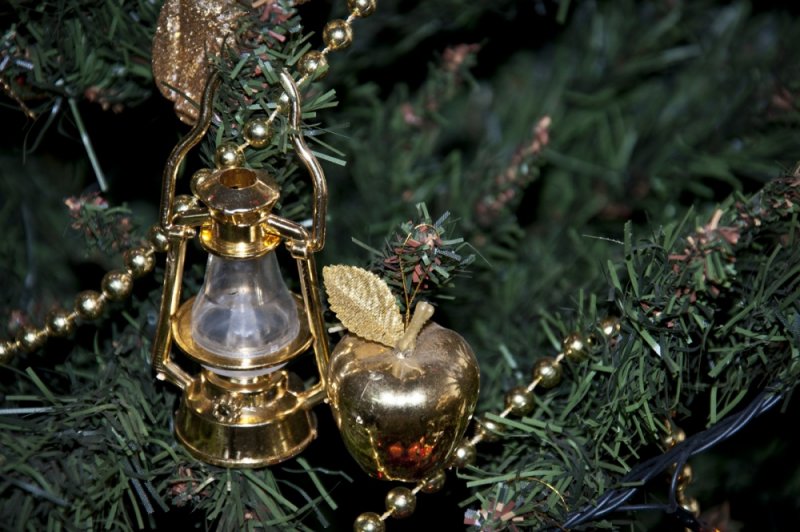

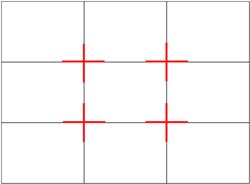
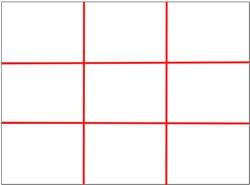
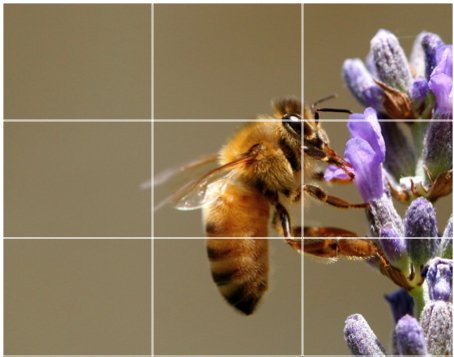
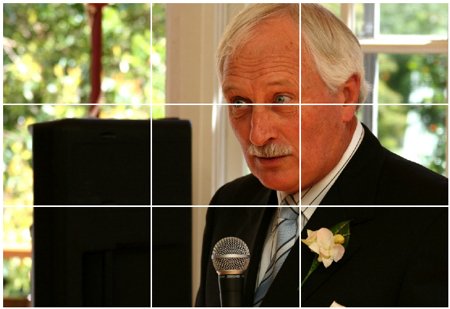






![Smile [:)] [:)]](https://www.theautomotiveindia.com/forums/images/smilies/Smile.gif)

![Sleep [sleep] [sleep]](https://www.theautomotiveindia.com/forums/images/smilies/Sleep.gif) (Some are dedicated to the particular camera)
(Some are dedicated to the particular camera)